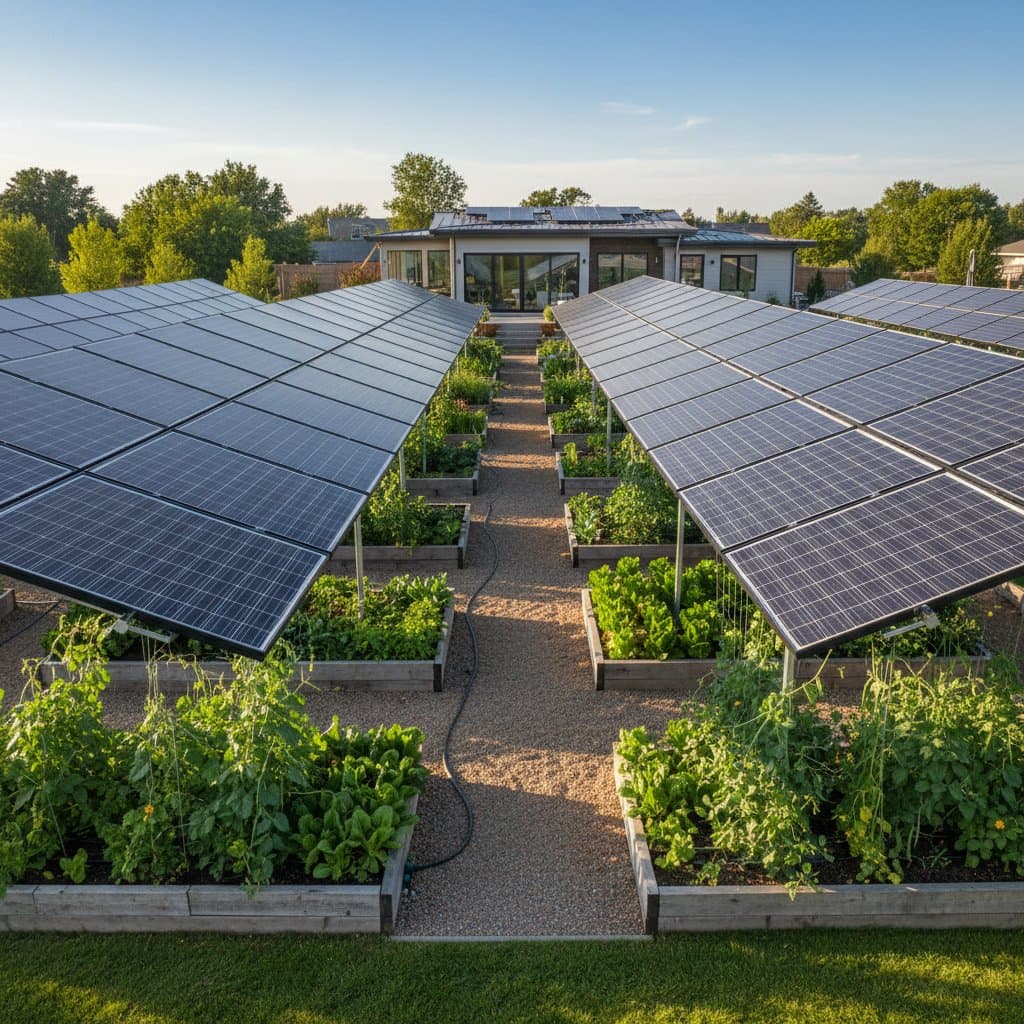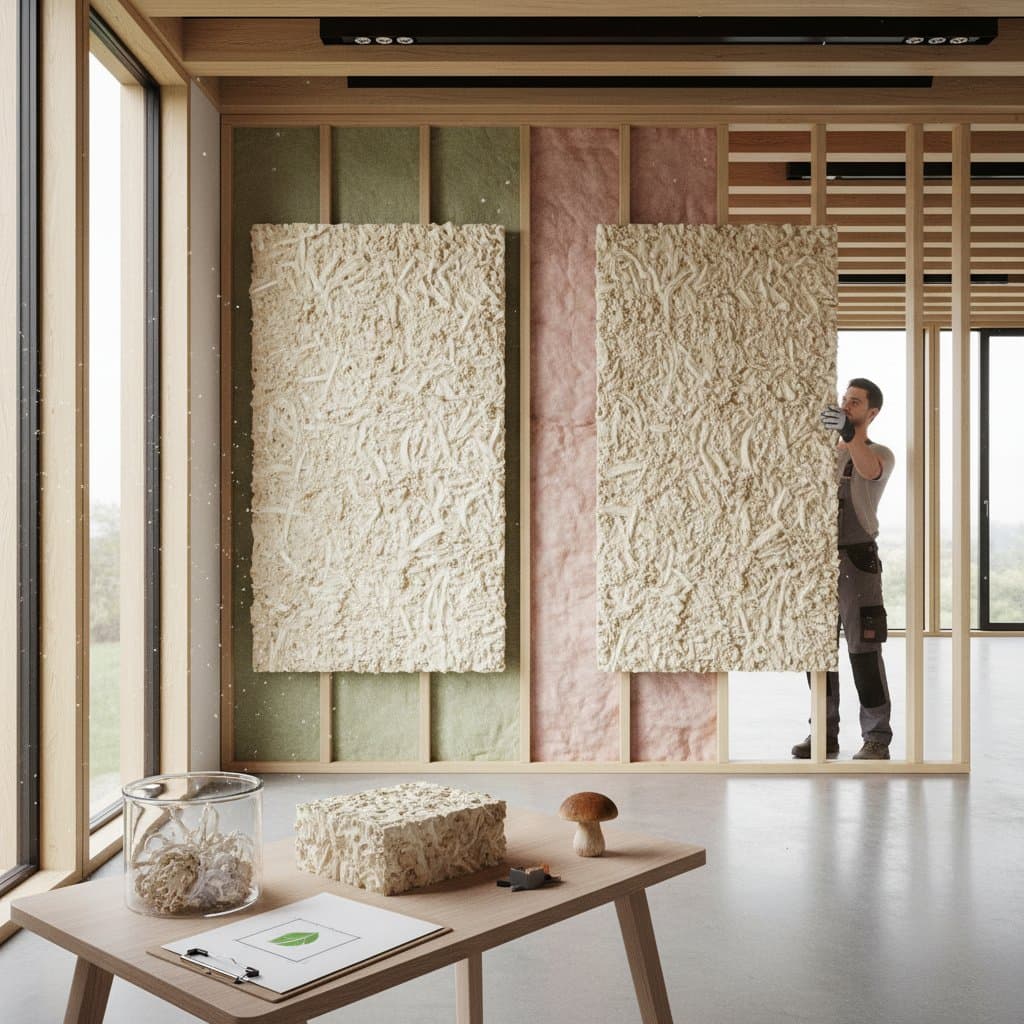Key Points
- Recycled ocean plastic emerges as a leading material for sustainable construction projects around the world.
- This approach converts marine debris into durable, visually appealing, and economical building components.
- Advanced processing techniques enable uses ranging from resilient flooring to weather-resistant exterior panels.
- Structures incorporating these materials lessen environmental harm and increase long-term property values.
The Role of Ocean Plastic in Modern Construction
Ocean plastic serves as a multifaceted building material. It tackles environmental cleanup efforts, enables creative architectural designs, and ensures consistent performance throughout its lifespan.
Environmental Advantages
Recycling ocean plastic clears dangerous debris from marine environments. This process reduces reliance on energy-heavy virgin materials such as concrete and steel. When applied in cladding, tiles, or panels, these recycled products typically exhibit a carbon footprint that is 50 percent lower than that of traditional alternatives. Such practices preserve natural resources and contribute to climate change mitigation through closed-loop systems.
Design Flexibility
Manufacturers mold recycled plastic into bespoke shapes, colors, and textures to align with diverse architectural styles. Architects create surfaces that replicate the appearance of wood, stone, or tile while eliminating common upkeep challenges. The material withstands rot, corrosion, and humidity, making it suitable for coastal structures or regions with high moisture levels where conventional options degrade rapidly.
Financial Benefits
Initial expenses for ocean plastic materials exceed those of standard options by 10 to 20 percent. However, reduced maintenance needs and superior longevity generate significant cost reductions over time. Property owners and developers benefit from lower repair expenses and elevated resale prices associated with sustainable attributes.
Analyzing Costs and Return on Investment
Costs for ocean plastic materials fluctuate based on application, finish quality, and supplier volume. The following overview assists builders and homeowners in budgeting effectively.
- Decking and Cladding: Installed prices range from 8 to 14 dollars per square foot, surpassing wood composites at 6 to 10 dollars per square foot.
- Roofing Tiles: Prices fall between 7 and 12 dollars per square foot, offering lifespans 40 percent longer than asphalt shingles.
- Interior Panels or Flooring: Costs span 5 to 9 dollars per square foot, comparable to mid-range laminates yet providing enhanced protection against moisture.
Upfront investments surpass traditional materials by 10 to 15 percent. Yearly maintenance decreases by 20 to 30 percent. Across 15 years, numerous projects achieve profitability, particularly when factoring in energy efficiencies from inherent insulation and reflective properties.
To maximize returns, evaluate total lifecycle costs including installation, upkeep, and disposal. For example, a residential deck made from ocean plastic may incur an additional 500 dollars initially but save 1,200 dollars in repairs over a decade. Seek out incentives such as green building rebates to accelerate payback periods.
Essential Sustainability Attributes and Performance Enhancements
Ocean plastic extends beyond basic recycling to yield precise environmental and functional improvements.
- Energy Efficiency: Integrated insulation maintains comfortable indoor temperatures, potentially cutting HVAC demands by up to 15 percent in temperate zones.
- Durability: Resistance to ultraviolet radiation and corrosion allows service lives of 30 to 50 years in severe environments, minimizing replacement waste.
- Water Resistance: Composite formulations endure flooding or saline exposure without distortion or fracture, ideal for at-risk locations.
- Low Emissions: Manufacturing processes restrict volatile organic compounds, thereby enhancing indoor air quality.
These characteristics support eligibility for certifications including LEED and BREEAM, accumulating credits in areas like material conservation and resource use. Consider an office building featuring ocean plastic panels: it accumulates points across sustainability metrics, facilitating quicker certification and appealing to environmentally conscious tenants.
Drivers of Market Expansion
The integration of ocean plastic into construction accelerates as industry leaders emphasize durability and accountability.
- Resource Scarcity: Conventional materials encounter escalating prices and supply disruptions, positioning recycled options as dependable alternatives.
- Consumer Preference for Sustainability Evidence: Clients seek tangible eco-credentials; a building facade crafted from reclaimed plastic conveys a narrative of environmental care that aligns with current values.
- Technological Progress: Enhanced methods for sorting, purifying, and forming now yield premium plastics compliant with stringent engineering requirements.
- Policy Incentives: Regulations provide tax incentives or expedited permitting for projects incorporating recycled content, streamlining implementation.
Corporate commitments to net-zero emissions, alongside partnerships with marine cleanup initiatives, ensure reliable sourcing and propel supply chain development.
Frequently Asked Questions
Can ocean plastic support load-bearing functions?
Most uses target non-structural elements. Incorporating fibers or minerals enhances tensile strength for minor loads, though engineers must confirm appropriateness for specific designs.
Is it suitable for interior environments?
Yes, ocean plastic that has been thoroughly processed and certified undergoes extensive cleaning and safety evaluations to comply with indoor health guidelines.
How does it perform against wood composites?
It surpasses them in longevity, color retention, and maintenance demands. Unlike certain composites, it prevents microplastic release.
What regarding fire safety?
Producers incorporate flame retardants to satisfy building codes. Verify the specific fire rating of any product prior to selection.
Incorporating Ocean Plastic into Construction Projects
Begin by identifying regional suppliers that certify recycled content levels and performance specifications. Obtain samples to assess aesthetics, tactile qualities, and practical durability.
Collaborate with architects or contractors experienced in sustainable materials to facilitate seamless incorporation. For residential applications, pilot installations on decks or accent walls to evaluate real-world outcomes.
This methodical approach not only refines your building but also supports marine ecosystem preservation. Every instance of recycled plastic utilization advances circular economy principles, converting waste into enduring assets.
Advancing Sustainable Architecture
Selecting ocean plastic elevates building quality while directly addressing ocean pollution. It cultivates communities that prioritize resilience and environmental harmony. These choices forge durable landscapes where innovation fulfills essential needs.









